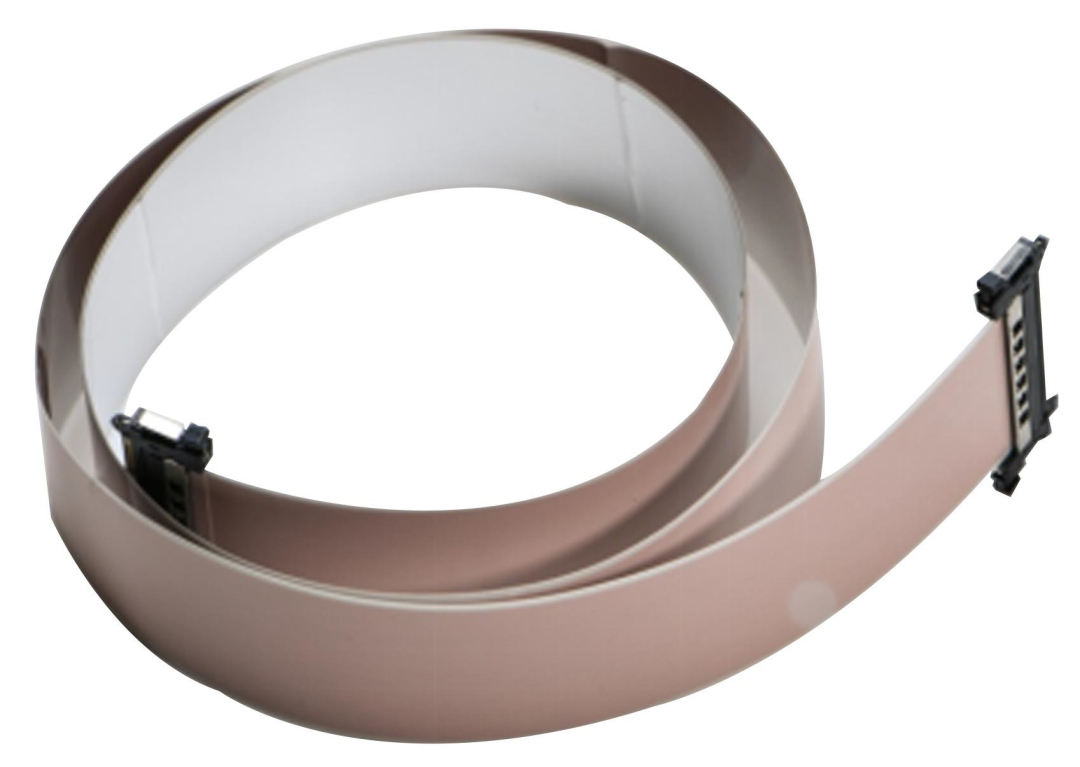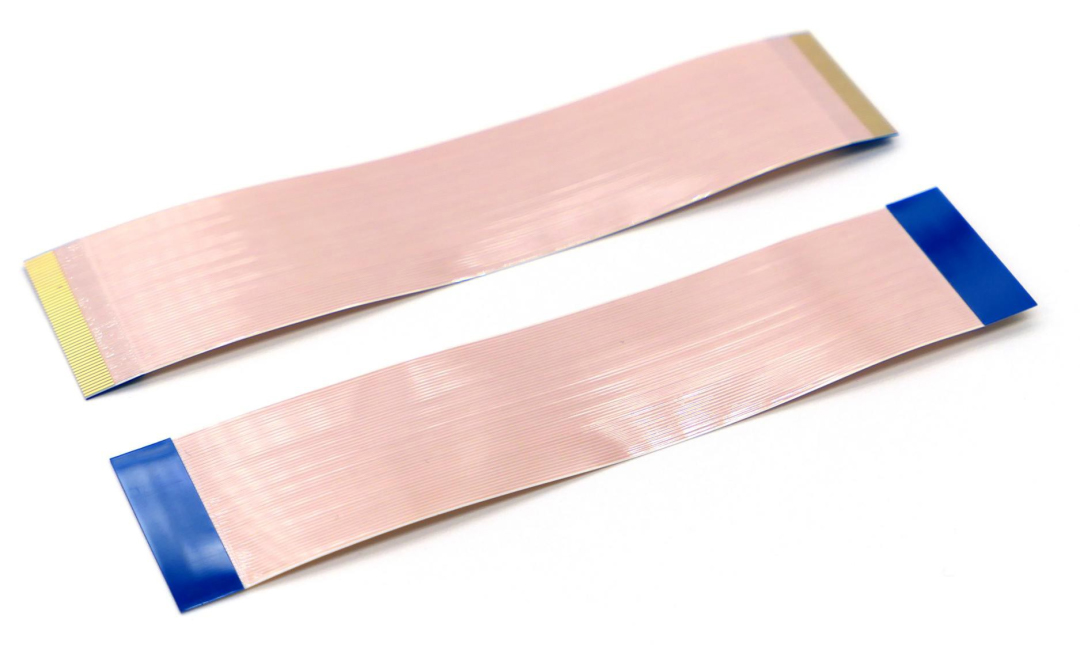Classification of FFC Flat Cables
FFC flat cable, also known as FFC cable, FFC CABLE, flexible flat cable, or FLEXIBLE FLAT CABLE, plays a crucial role in various electronic products, devices, appliances, and instruments. It is mainly used for data and signal transmission and connection between moving parts and motherboards, between PCB boards, between connectors, between sockets, and between modules. So, how are FFC flat cables classified?

In terms of the position and style of the reinforcing plate and gold finger, FFC flat cables can be classified into type A, type B, type C, type D, type E, type F, and type G. Different types of FFC flat cables are mainly distinguished according to the relative position of the reinforcing plates at both ends to the wire port and the style presented by the copper wires at the wire port.

Classified by pitch, FFC flat cables can be divided into 0.5mm, 1.0mm, 1.25mm, 1.27mm, 2.0mm, 2.54mm, etc. The width of the copper wires in FFC flat cables with different pitches varies. Generally, the wider the pitch of the cable, the wider the width of the copper wire, that is, there is a positive correlation between the pitch of the FFC cable and the width of the conductor.

Regarding the classification by thickness, FFC flat cables are made by pressing two layers of hot-melt adhesive film and a layer of tinned flat copper wire under a high-temperature roller. According to the thickness of the wire body of the FFC flexible flat cable can be divided into 0.12mm, 0.136mm, 0.138mm, 0.155mm, 0.17mm, 0.21mm, 0.22mm, 0.26mm, 0.3mm, etc. This thickness refers to the total thickness of the upper and lower adhesive films and the middle copper wire. Different combinations of these three can distinguish the above-mentioned FFC flat cables with various wire-body thicknesses. It should be noted that thick copper wires usually match thick rubber films. This is because the copper wires of the FFC flat cable are only embedded in the adhesive layer of the adhesive film. As a result, the pressed texture of the FFC flat cable is clear, and the adhesion can meet the standard.


